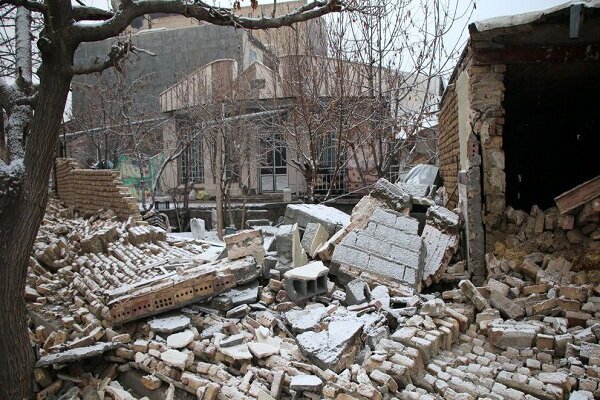INSUBCONTINENT EXCLUSIVE:
TEHRAN - An overall of 706 earthquakes have actually been tape-recorded throughout the country over the past calendar month that ended on
February 19, according to the Seismological networks of the Institute of Geophysics of the University of Tehran.Of the overall quakes, 16
had a magnitude of more than 4 on the Richter scale, the biggest of which took place on January 28 with a magnitude of 5.9 in the
northwestern city of Khoy, ISNA reported.Statistically, 614 earthquakes with magnitudes smaller than 3, 76 earthquakes with magnitudes in
between 3 and 4, 15 earthquakes with magnitudes between 4 and 5, and 1 earthquake with magnitudes in between 5 and 6 have actually taken
place in the country.Among the provinces of the country, West Azarbaijan with 324 earthquakes, Khorasan Razavi, and South Khorasan with 65
and 45 earthquakes, respectively, taped the greatest number of earthquakes in the country.Meanwhile, seven earthquakes were also
tape-recorded in Tehran province, the biggest of which was near Firouzkouh with a magnitude of 3.3 on the Richter scale.The Iranian plateau
lies in a really seismically active region of the world and is known not only for its significant catastrophic earthquakes but likewise for
the catastrophes relating to natural threats, specifically earthquakes.Iran has entered a decade of earthquakes given that the [Iranian
calendar] year 1396 (March 2017- March 2018), as the Iranian plateau is shrinking by 30 millimeters per year, Mehdi Zare, teacher of
engineering seismology at the International Institute of Earthquake Engineering and Seismology (IIEES), has said.About 2 percent of the
earthquakes in the world occur in Iran but more than 6% of the victims of the world earthquakes throughout the 20th century are reported
This reveals the high level of vulnerability in Iran, according to Zare.Tehran is likewise one of the most harmful metropolitan areas on the
planet in regards to the threat of different natural disasters, such as earthquakes, floods, subsidence, drought, landslide, fire following
an earthquake, etc.On the other hand, Tehran has an over 8,300,000 nighttime population with a mix of old non-resistant structures as well
as modern skyscrapers that impact the vulnerability of this city.MG

